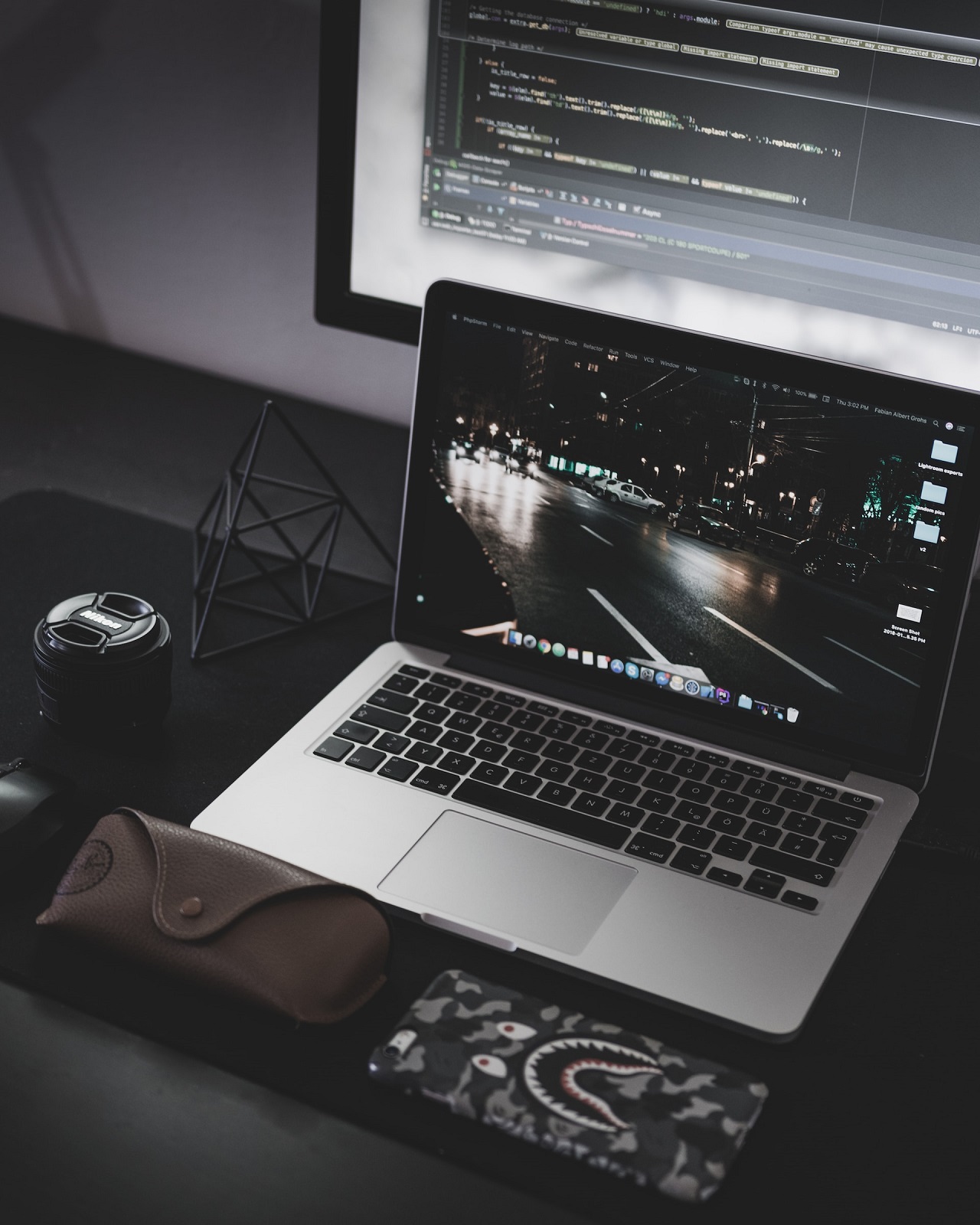Do you spend hours at your computer working on the latest programming project or coding challenge? If so, then make sure that you're taking proper care of your eyes—because without good vision, much of the work we do as programmers can become daunting. Eye strain is all too common among tech workers who stare at a screen for long periods of time; however, there are steps you can take to protect those peepers and prevent unwanted fatigue. Read on for helpful tips about how to keep your sight sharp and healthy while getting down to business with some serious coding!
Invest in an ergonomic chair and desk setup
Investing in ergonomic chairs and desks may help improve your physical health and well-being. Ergonomic furniture is designed to support the body in a range of postures, reduce fatigue, and encourage proper posture. When you invest in an ergonomic chair and desk setup, you're investing in a more comfortable workstation that can help you maintain good posture throughout the day, helping to relieve tension in your neck, spine, and shoulders while increasing blood flow and oxygen delivery to important areas of your body. In addition to this, having an ergonomic chair and desk setup not only makes working more enjoyable but also helps create an atmosphere of effective performance - so it's worth the investment!
Take regular breaks from the computer
Taking regular breaks from the computer is essential to both your physical and mental health. It allows your muscles to relax, shoulders to unclench, and eyes to refocus. Regular breaks also allow us an opportunity to completely disconnect from the digital world and take a few deep breaths. The goal should be to take a break every hour or two so that you’re not feeling overwhelmed with work and information after hours on end of staring at the same screen. Breaks can come in any form - a quick five-minute walk around the block, a meditation session, talking to friends and family, or simply tuning in and being mindful of your body's needs.
Wear protective eyewear, such as light-blocking glasses
The use of protective eyewear, such as glasses specifically designed to block out harmful blue light, is a must for anyone spending excessive time on computer and phone screens. Although lenses that offer UV protection also block some levels of blue light, using the best glasses to block blue light ensures your eyes are fully protected. These glasses are often treated with a special coating to absorb both UVA and UVB radiation and protect against exposure to HEV or high-energy visible light. Furthermore, they can help reduce digital eye strain, headaches, fatigue, and improved sleep – all important factors when it comes to staying healthy!
Adjust screen brightness and contrast settings
Adjusting your screen brightness and contrast settings can go a long way in improving your experience when using digital devices. The appropriate brightness and contrast settings ensure that the text on your device is clear, easy to read, and doesn't tire out your eyes. In addition, too high levels of brightness or contrast can lead to eyestrain and headaches; by adjusting these settings according to personal preference, you are taking a step towards preventing discomfort and reducing fatigue while working on your computers or phones. Remember that tinkering with these settings once doesn’t mean your job is done
Avoid working in dark rooms
Working in a dark room presents you with many risks as this could lead to muscle strain from continuously bending over, increased strain on the eyes, and slipping or tripping due to lack of vision. It is essential for anyone working in a room to ensure that there is adequate lighting so that visibility can be maximized. This will not only prevent any potential injuries but will also make it easier to focus and concentrate on the job at hand. Moreover, having enough lighting is beneficial since you no longer need to squint your eyes or have your productivity hindered by uncomfortable conditions.
Make sure that your computer screens are at least 24 inches away
To ensure optimal eye health while working on the computer, it's important to make sure that your screens are at least 24 inches away. This distance is known as the "optimal viewing distance" and has been shown to drastically reduce eye fatigue, headaches, and potential vision issues caused by extended periods in front of a computer. It's also important to take regular breaks from looking at any type of digital screen, ranging from cell phones to tablets. These breaks can help reduce the strain on your eyes after a long day of work.
Taking care of your eyes while you're working on the computer is essential in order to maintain good eye health. Investing in an ergonomic chair and desk setup, taking regular breaks from the computer, wearing protective eyewear, adjusting screen brightness and contrast settings, and avoiding working in dark rooms. All of these elements should be taken into consideration for reducing digital eyestrain. With all that said, it might take some time and research to find a perfect solution for your own needs.



